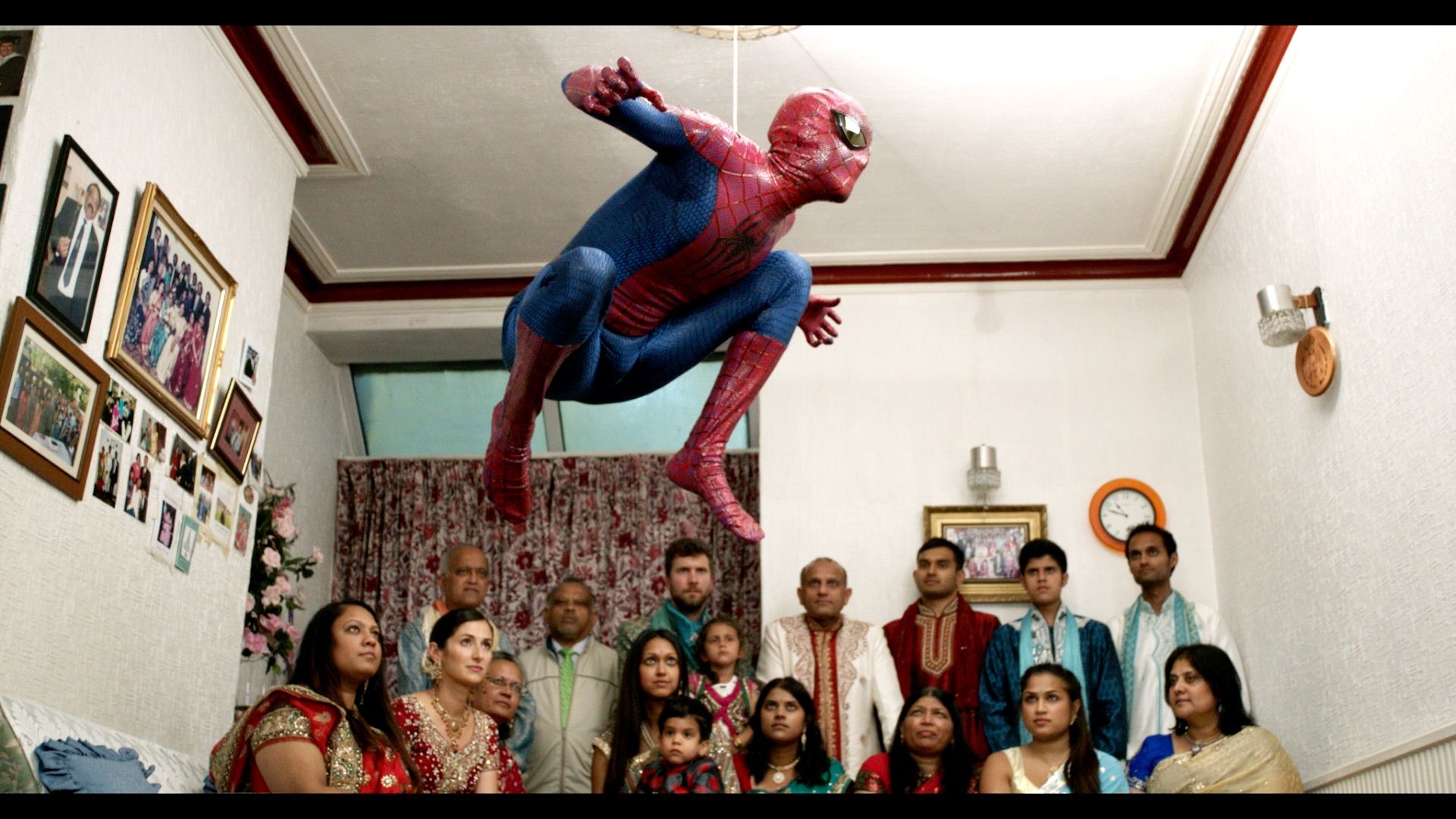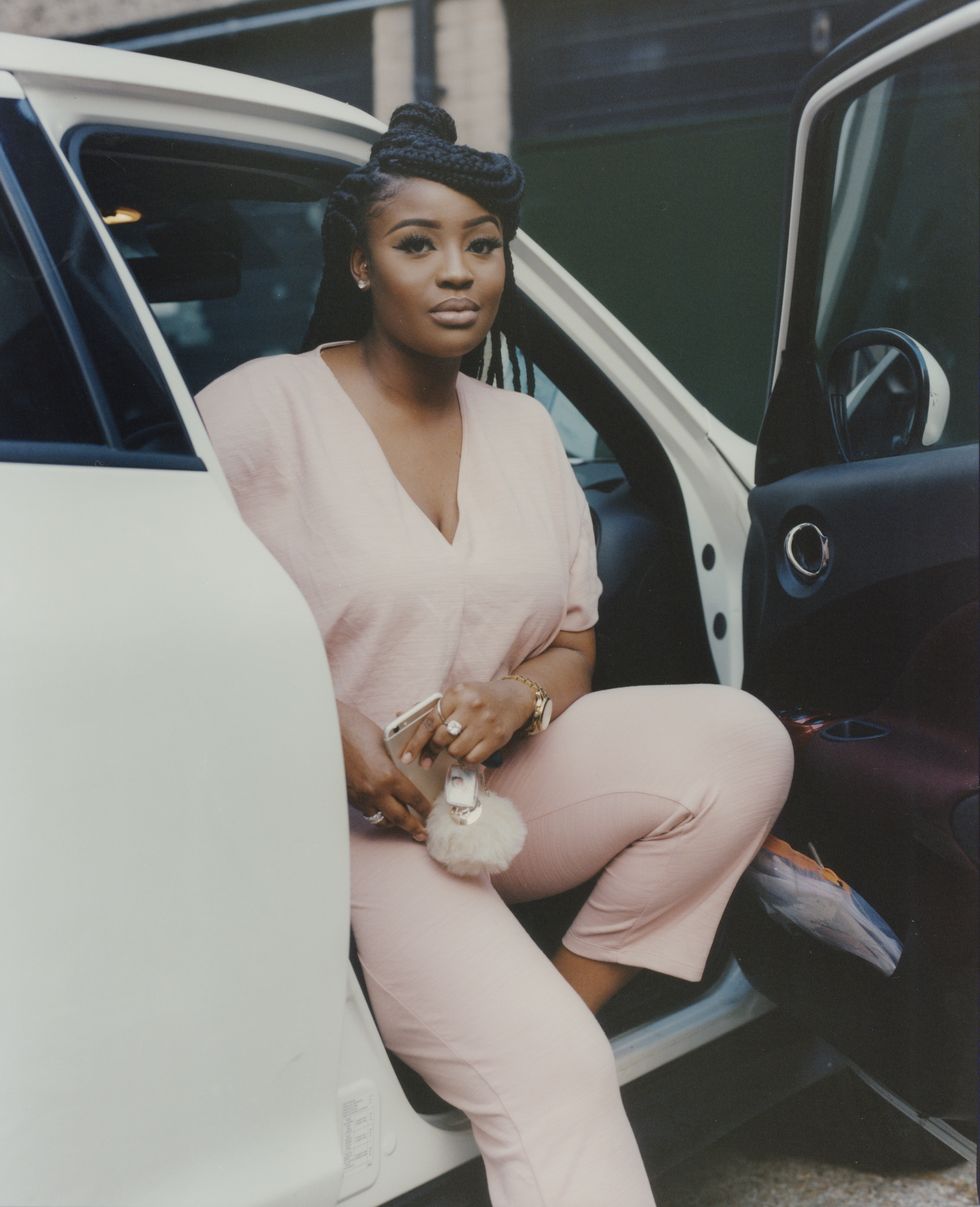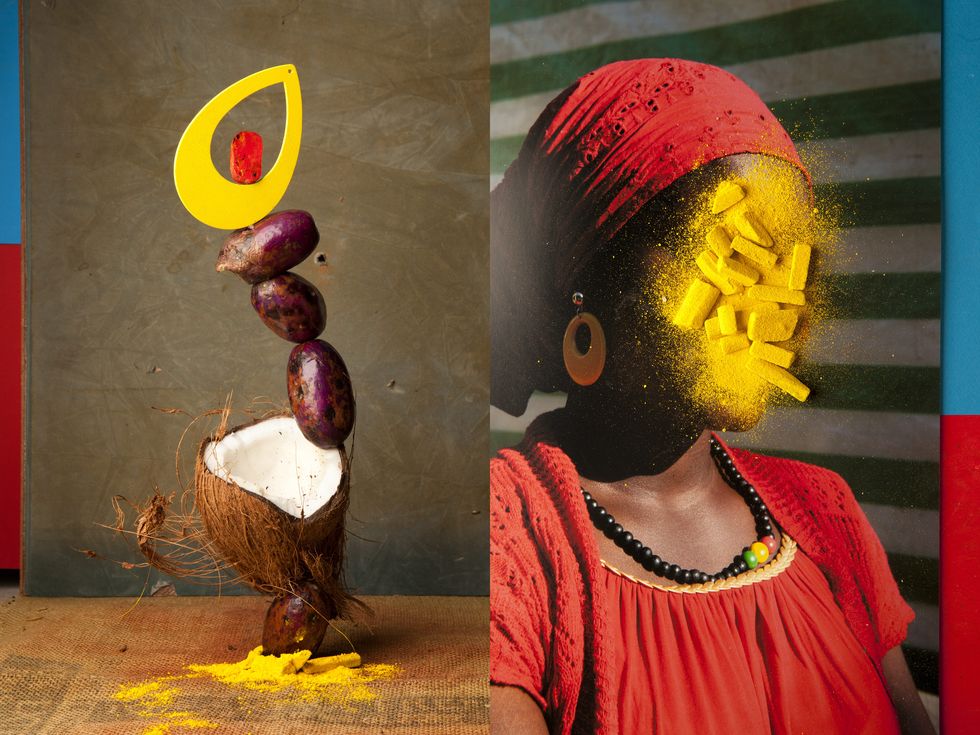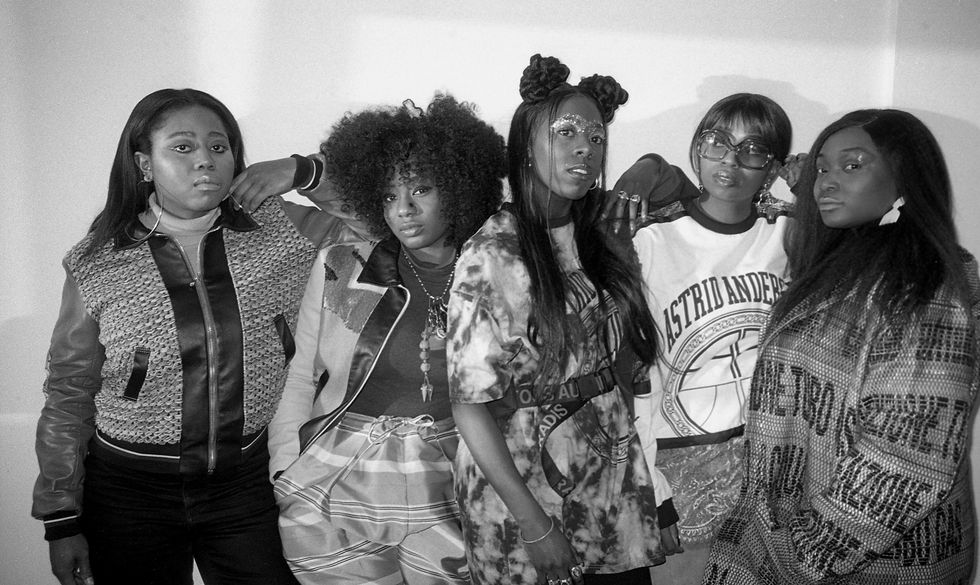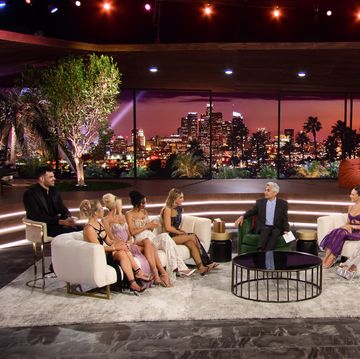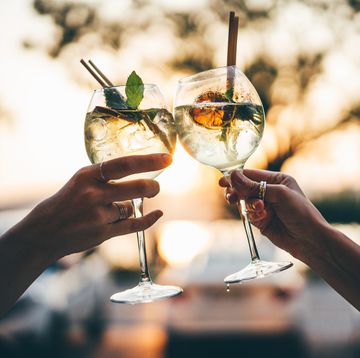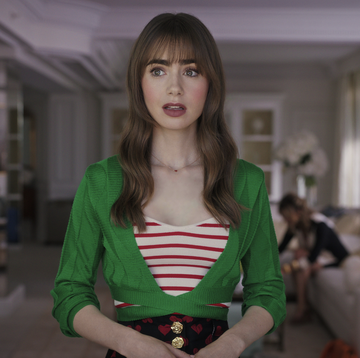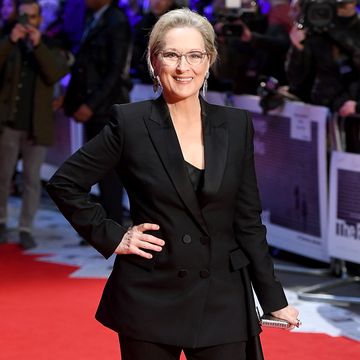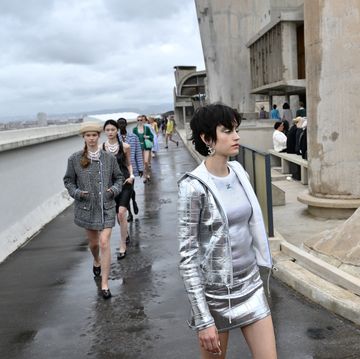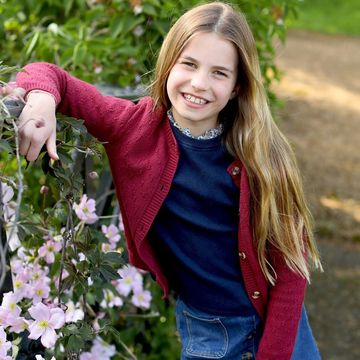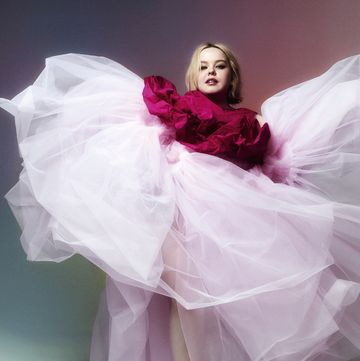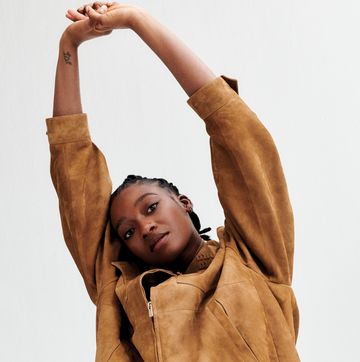Look through a kaleidoscope and a collection of ever-changing patterns and shifting images will dance in front of your eyes. Great at keeping kids entertained for hours and, it turns out, an apt metaphor for examining experiences of immigration in Britain.
Multiple viewpoints equals multiple ideas, right? Without diversity, modern Britain wouldn’t be anywhere near as rich. Which is why Somerset House’s latest exhibition, Kaleidoscope: Immigration and Modern Britain, not only explores our multicultural identity, but celebrates it, too.
Featuring photography and video, it showcases ten artists who define themselves as both British and an immigrant, or the descendants of immigrants.
Curated by writer Ekow Eshun, and creative director Darrell Vydelingum, the exhibition broadly tries to explore the question: who are we as a nation? And what does it mean to live as an immigrant in Britain today? By examining people's individual experiences, explains Eshun, we can uncover a 'larger appreciation of how British society is shaped and reshaped over time by the presence of communities from across the globe.'
Many of the photographers featured have either settled in Britain from abroad or grown up here as the child of immigrant parents. This means, says writer and curator Eshun, they’re able to draw on 'family memories and histories to address complex themes of home, belonging and cultural identity'.
Like, for example, Ghanaian-Russian Liz Johnson Artur’s videos of Black Lives Matter rallies and sequences from Black female collective Born N Bread. Or London-based artist Hetain Patel, who gathered 17 family members in his grandmother’s living room to take part in his film, The Jump (pictured up top).
A fan of east London's Ridley Road market? Then take note of Lorenzo Vitturi's Dalston Anatomy series, which features abstract sculptures made of produce from the market (side-by-side with portraits). Having lived in the area for seven years, he noticed it was a place where different communities and cultures coexist and decided to 'capture the energy and traces' before it 'transformed beyond recognition.'
You've got the micro, like Teresa Eng's photograph series which documents people and places in Elephant & Castle, her home borough in London, and explores themes of belonging and community. On a larger scale, British photographer Chris Steele Perkins snaps families from each of the 200 UN-recognised countries of the world for his The New Londoners project.
As Eshun correctly points out, immigration is a particularly charged subject right now. With racism rising since the Brexit vote, and heightened xenophobia, why now, more than ever, is it important to celebrate Britain's multiculturalism?
'Theresa May and other politicians have dismissed multiculturalism as a failed ethos,' he explains. 'Her line was if you’re a citizen of the world you’re a citizen of nowhere. I disagree strongly. To my mind, Britain is infinitely richer, more creative, more exciting as a country because of, not despite, the cumulative influence of generations of immigrants.
'You can’t say that strongly enough at such a fraught time in our history.'
Kaleidoscope, runs from June 12 to September 8 alongside 'Get Up, Stand Up Now' about 50 years of black creativity.

